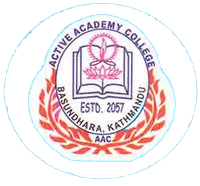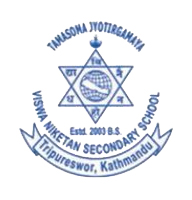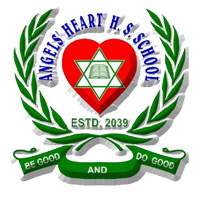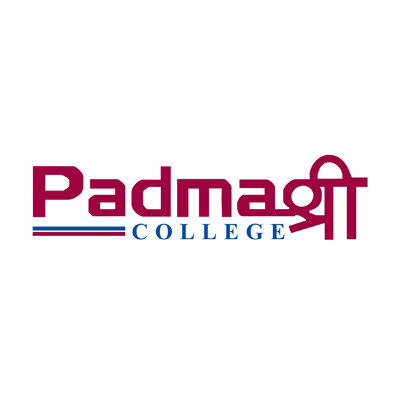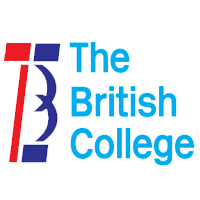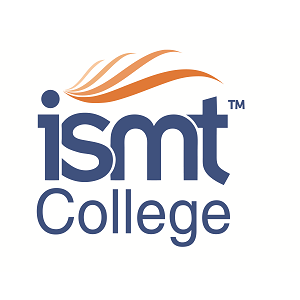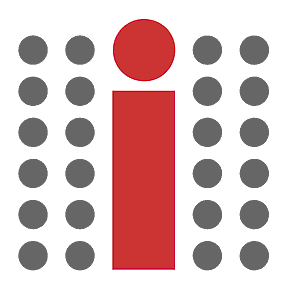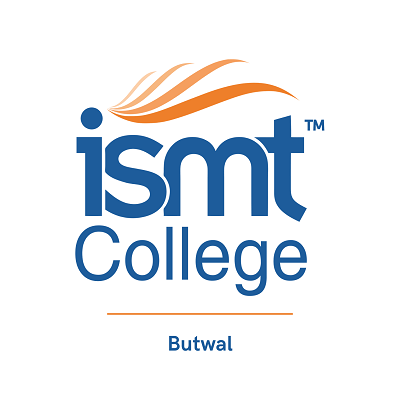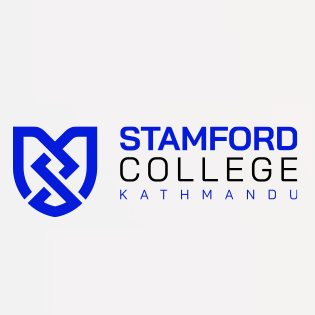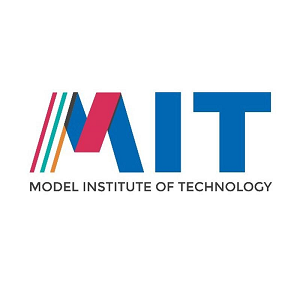Overview
Ten Plus Two (10+2) Education — Gramin Adarsha Multiple Campus, Nepaltar–Balaju, Kathmandu
Ten Plus Two (10+2) Education at Gramin Adarsha Multiple Campus (GAMC), Nepaltar–Balaju, Kathmandu, follows the National Examinations Board (NEB) curriculum for Grade 11 and 12.
Students seeking NEB Education in Kathmandu study foundations of education, pedagogy, psychology, and subject components that support future teacher training. Your two-year plan builds habits for lesson planning, classroom interaction, and fair assessment in Nepali schools.
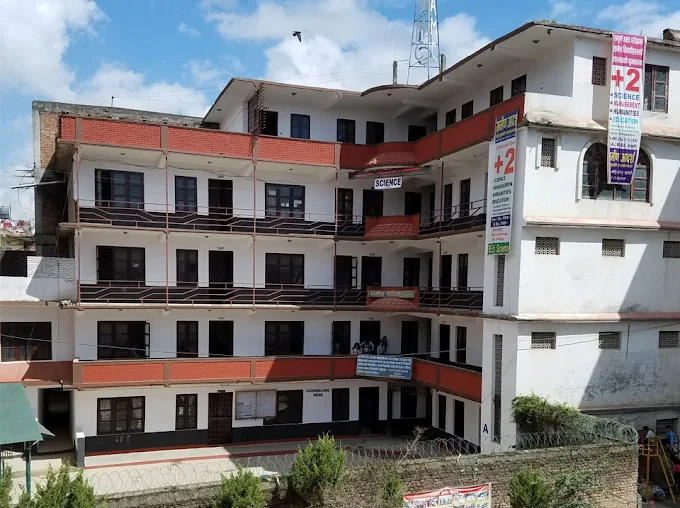
Highlights
-
NEB affiliation; two academic years (Grade 11 and 12).
-
Core strands: foundations of education, pedagogy, educational psychology, language components (English/Nepali), and electives.
-
Internal checks: unit tests, practical files, classroom tasks, and terminal exams as per campus calendar.
-
Final certification: NEB board examinations at the end of Grade 12.
Curriculum Details
Grade 11 focus
Students begin with educational foundations and learning psychology. Coursework introduces development stages, motivation, and classroom climate. Language papers sharpen reading and academic writing. Electives support school contexts, such as health education or population studies where offered. Short writing tasks, lesson outlines, and observation notes form part of term work.
Grade 12 focus
Students extend pedagogy to unit plans, question framing, activity sequencing, and classroom assessment. Micro-teaching helps you practice instructions, board work, and time control. Reflective journals capture what worked and what needs change. Language papers continue, keeping attention on clarity, grammar, and classroom communication.
Assessment and examinations
Internal assessment uses quizzes, classwork, and projects. Practicals include lesson files and short presentations. Terminal exams run each term, while NEB conducts final board examinations in Grade 12. Attendance and submission discipline support reliable performance.
Objectives
Students understand basic learning theories, connect content to age-appropriate methods, and prepare fair tests. Lesson notes and unit plans remain clear, realistic, and linked to outcomes. Records stay audit-ready for schools that require documentation.
Scope
Graduates move to Bachelor of Education (BEd) and related pathways in teacher training. Many students support community schools as tutors, reading mentors, or activity leads during higher study. The stream suits learners who want structured exposure to teaching tasks and future roles in education services.
Learning Outcomes
-
Prepare yearly outlines, unit plans, and daily lesson plans.
-
Write short tests and keep marks registers with basic analysis.
-
Use examples from local life while explaining topics.
-
Maintain classroom routines that respect time and student safety.
Skill Development Modules
-
Micro-teaching cycles recorded in lesson files.
-
Low-cost teaching aids prepared from chart paper and local materials.
-
Spreadsheet practice for basic grade summaries.
-
Reflective notes after observation in partner schools when scheduled.
-
Reading circles to improve classroom language.
Teaching Methodology
Teaching combines lectures, demonstrations, peer teaching, and supervised observation. Internal marks reward attendance, homework, and lesson-file quality. Seminar halls host method demonstrations, while the library supports reading and writing tasks.
Admission Requirements
Eligibility follows NEB rules for Grade 11 entry. Applicants submit SEE documents, character certificate, recent photos, and identification copy. Seat availability, subject combinations, and timelines appear on campus notices each intake.
Career Opportunities
Typical roles after higher studies include classroom teacher, assistant teacher, or activity coordinator in schools. Entry roles in education support—library help, remedial tutoring, or examination assistance—remain common during bachelor-level study.
Scholarships and Financial Aid
Merit and need-based support operate under campus policy. Students attach academic records and relevant documents during the scholarship window. Notices list results transparently.
Why Choose This Course?
Students who enjoy guiding peers, explaining topics, and organizing tasks find a practical start here. The stream links study to classroom routines through lesson files and clear practice. The Nepaltar–Balaju location helps commuters manage studies alongside family and community duties.
Conclusion
Ten Plus Two Education at GAMC offers a structured route toward teacher training. Careful planning, reflective notes, and fair assessment habits prepare you for BEd and school-based responsibilities.
FAQ
1) What board governs this stream?
NEB governs the curriculum and Grade 12 board exams.
2) What learning materials are used?
NEB-prescribed textbooks, campus reading packs, and lesson templates.
3) Does the course include school practice?
Micro-teaching and observation are scheduled as per campus plan.
4) What comes next after Grade 12?
BEd and related teacher training tracks, subject to university rules.
5) Are scholarships available?
Merit and need-based support run under campus policy and published notices.


